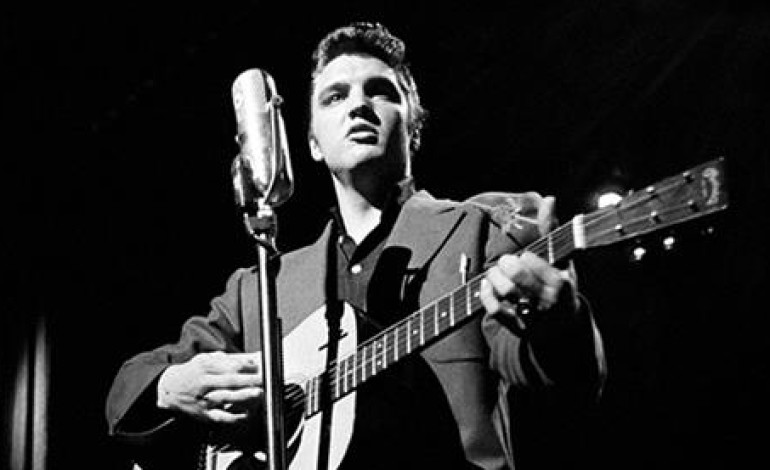
A rising trend in the music industry that continues to see financial success is that of hologram performances. Although the term hologram implies a futuristic space-age event, these performances often boil down to looking at a big screen. Beginning in the early 2000s, digital concerts hosted online were seen as peculiar novelties for the internet-obsessed. The first band to successfully put on a digital concert was Duran Duran who used the sandbox game Second Life to host their online extravaganza. Now relatively obscure, Second Life is one of the first incarnations of, what we would now call today, a metaverse. Released in 2003 by Linden Labs, Second Life offers fully customisable experiences, from role playing and digital hangouts, to mini-games and online events.
Digital concerts have had a varied history with Damon Albarn’s Gorillaz pioneering the concept in the West and Japan’s Hatsune Miku continuing to sell out arenas in Asia. However, developments in 3D modelling technology in the last 10 years has given rise to an all new form digital concert. Perhaps most infamously, Coachella 2014 brought us Tupac resurrected and rendered in all of his early-2010s 3D glory. Although still essentially a projection on a large screen, the 2014 Coachella performance imprinted the hologram concert into the music zeitgeist.
Fast forward ten years and we are now faced with a massive digital performance industry, whether that be entirely online events like Travis Scott’s Fortnite concert in 2020, or holographic arena shows like ABBA’s Voyage. While Voyage still works of the same technology as Tupac’s 2012 performance, all aspects of the process have been greatly improved: 3D modelling, motion capture, projection, lighting, and sound design have all been refined to a high degree in an attempt to convince the audience that they aren’t just looking at a big screen. Despite the band being as unlikely to return to the stage as Tupac, their digital renditions sold 1.4m tickets in its first year.
Perhaps what hologram concerts need, to truly live up to their futuristic namesake, is a leap in technology. In comes Layered Reality, a UK based digital events specialist who have secured the rights to give Elvis Presley the Lazarus treatment. Layered Reality is a company that specialises in virtual reality (VR) technology as a vehicle to tell immersive stories to participants. Although official material from Layered Reality is vague on the specifics of the Elvis experience, it appears that it will feature physical set and sound design used in combination with an augmented reality overlay (AR) viewed through a VR headset.
In addition to this smorgasbord of technological bells and whistles, the digital Elvis will use AI models to generate new dialogue from the star. Speaking to the BBC, Layered Reality’s CEO, Andrew Guinness said: “The AI generates an authentic version of Elvis, born of original material, but it [also] allows you to do new things with him.” Much like the unofficial fan AI covers seen last year like ghostwriter977’s ‘Heart on my Sleeve’, Layered Reality will use old footage and recordings of Presley to train an AI program to mimic his voice.
The experience is scheduled to take place in London sometime this year. Layered Reality offers a mailing list for those wanting to receive updates on specific locations and dates on their website.
